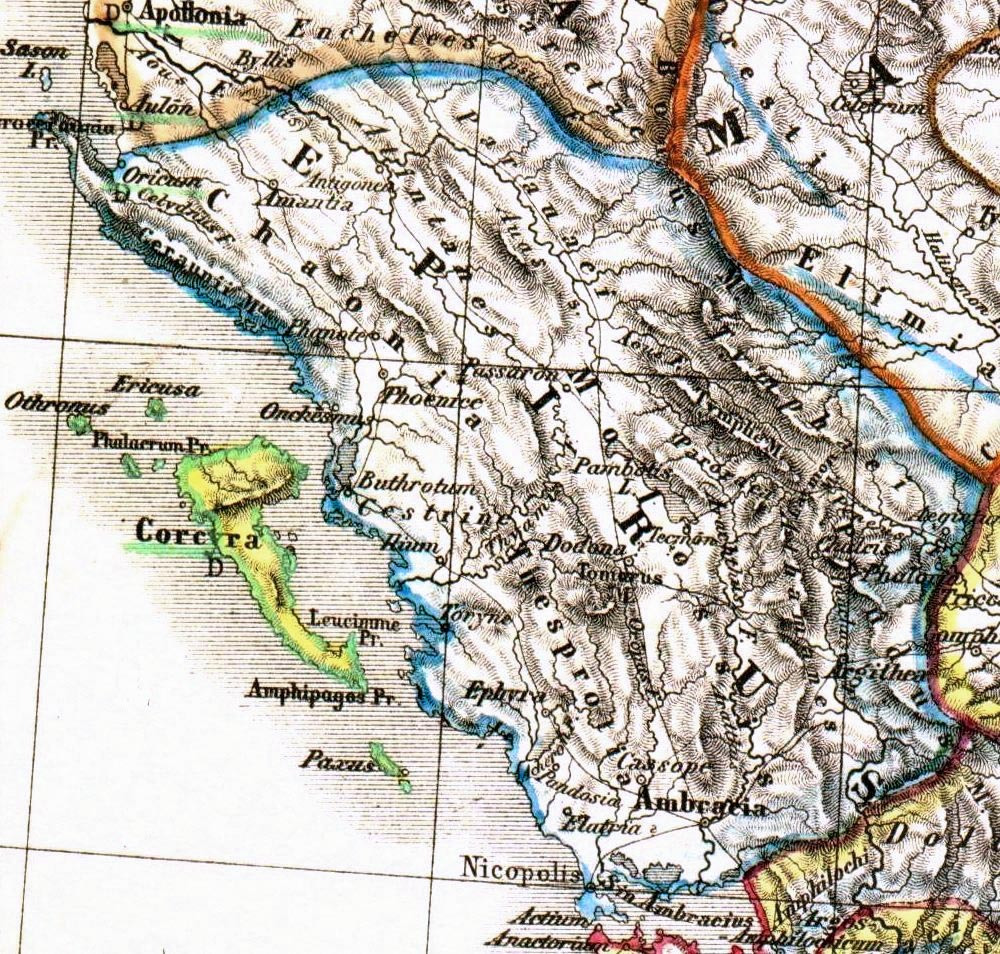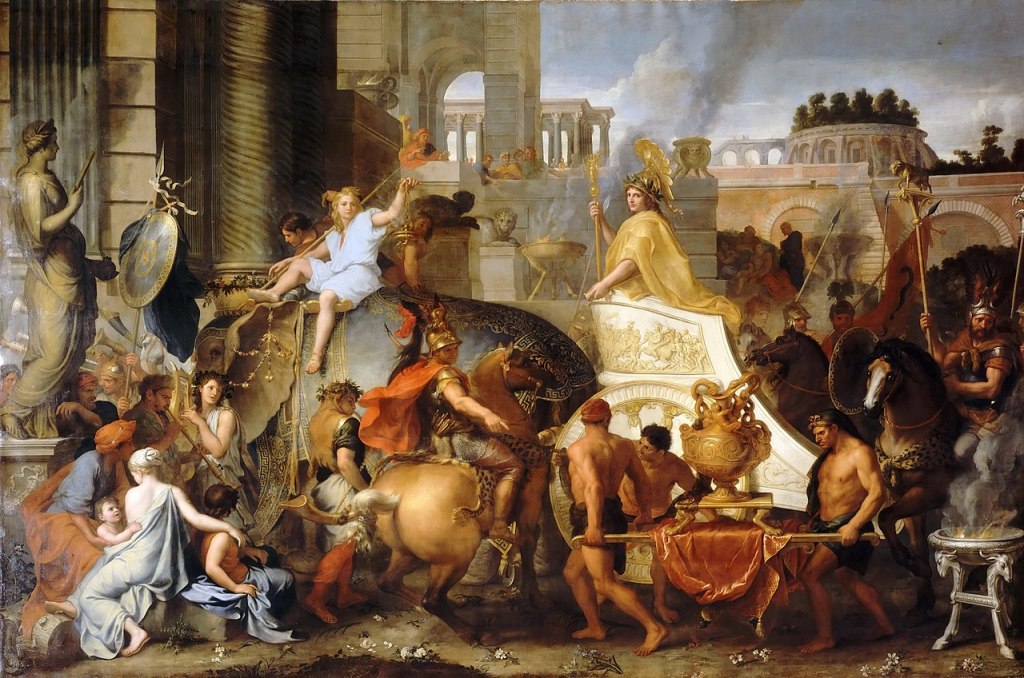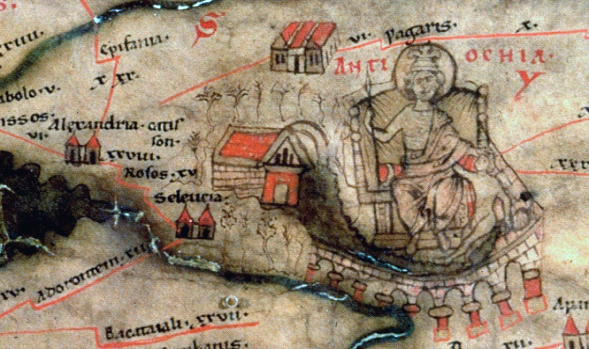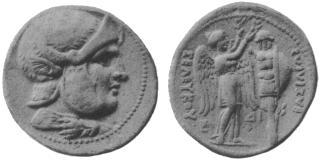Epirus- a small kingdom around what is now Albania- has been mentioned a few times on the show, but has always been on the political fringes. As such, It’s been covered in nowhere near as much detail. So, join me on the third of our divergence episodes as we delve into the chaotic and complex history of Epirus. To those of you who have enjoyed hearing about the wars, infighting and shifting alliances of the Diadochoi, you’ve come to the right place…
Sources for this episode: 1-13) Wikipedia articles for: Aeacidae, Neoptolemus, Molossus (son of Neoptolemus), Molossians, Alcetas I, Neoptolemus I, Alexander I, Olympias, Alcetas II, Neoptolemus II, Pyrrhus I, Deidamia I of Epirus, Antigonus II (online) [Accessed 23/02/2021]. 14) 1911 Encyclopaedia Britannica entry on Neoptolemus. 15) The Editors, Encyclopaedia Britannica (2020), Pyrrhus (online) [Accessed 21/02/2021].
Quick note from me: I mention at one point that Neoptolemus’ death is natural, but what I should have said is that my sources haven’t indicated how he died. Also, I think I pronounced Aeacus wrong; I believe it should be said more like ‘a-AA-kuss’ or similar. The same then probably goes for Aeacides…
Also, In case I didn’t make it clear, Olympias was the daughter of Neoptolemus I.






